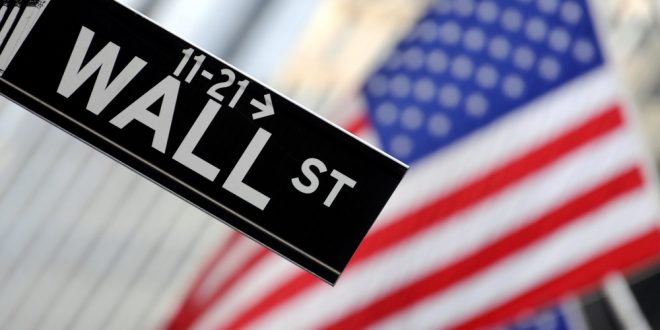U.S. stock index futures edged lower early Tuesday as investors exercised caution amid renewed concerns over President Donald Trump’s trade policies and their potential impact on inflation and economic growth. The market also braced for key economic data and the progress of a controversial tax and spending bill in Congress.
At 05:40 ET (09:40 GMT), Dow Jones Futures were down 160 points, or 0.4%, S&P 500 Futures slipped 22 points, or 0.4%, and Nasdaq 100 Futures fell 70 points, or 0.3%.
Trade Tensions, Tariff Threats, and Tax Bill in Focus
The main Wall Street indices closed higher on Monday, with the S&P 500 rising 0.4%, the Nasdaq Composite gaining 0.7%, and the Dow Jones Industrial Average edging up 0.1%. However, sentiment remained fragile following Trump’s latest threat to double tariffs on steel and aluminum imports to 50%.
This escalation comes as Washington and Beijing’s trade relationship sours once again. China has denied any breach of trade agreements and pledged to defend its interests, fueling fears of a protracted trade standoff.
Meanwhile, the White House is pushing for countries to submit their best trade offers by Wednesday, as a self-imposed 90-day pause on sweeping reciprocal tariffs approaches its July expiration. While administration officials have hinted that several bilateral agreements are near, the only significant deal thus far has been struck with the UK.
Adding to investor concerns, Trump continues to champion his proposed tax cut and spending bill, calling it the “single biggest spending cut in history.” However, critics warn that the bill could exacerbate the U.S. fiscal deficit and balloon the national debt.
Economic Data in the Spotlight
Investors await the latest Job Openings and Labor Turnover Survey (JOLTS) report, which is expected to show a slight dip in job openings to 7.110 million in April from 7.192 million in March. The data could offer clues about the health of the U.S. labor market amid tariff uncertainty.
Additionally, May auto sales figures will be closely watched for signs of slowing demand after a recent boost from buyers rushing to make purchases before new tariffs take effect.
The OECD recently trimmed its U.S. growth forecast for 2025 to 1.6%, down from 2.2%, highlighting global concerns over the impact of trade tensions on the world’s largest economy.
Corporate Earnings and Market Flows
On the earnings front, results are expected from Dollar General (NYSE:DG), Signet Jewelers (NYSE:SIG), and Nio (NYSE:NIO) before the market opens, as the quarterly reporting season nears its end.
Bank of America reported that U.S. equity flows turned positive last week, with clients buying $2.3 billion in stocks after a week of net selling. However, technology stocks continued to face outflows for a third consecutive week, with institutions, hedge funds, and retail investors all trimming exposure. Conversely, cyclical sectors such as Financials, Consumer Discretionary, and Industrials saw the largest inflows.
As the market navigates heightened volatility and policy uncertainty, investors remain focused on upcoming economic data releases, trade negotiations, and the trajectory of Trump’s tariff agenda, all of which are likely to set the tone for trading in the days ahead.
 Noor Trends News, Technical Analysis, Educational Tools and Recommendations
Noor Trends News, Technical Analysis, Educational Tools and Recommendations




